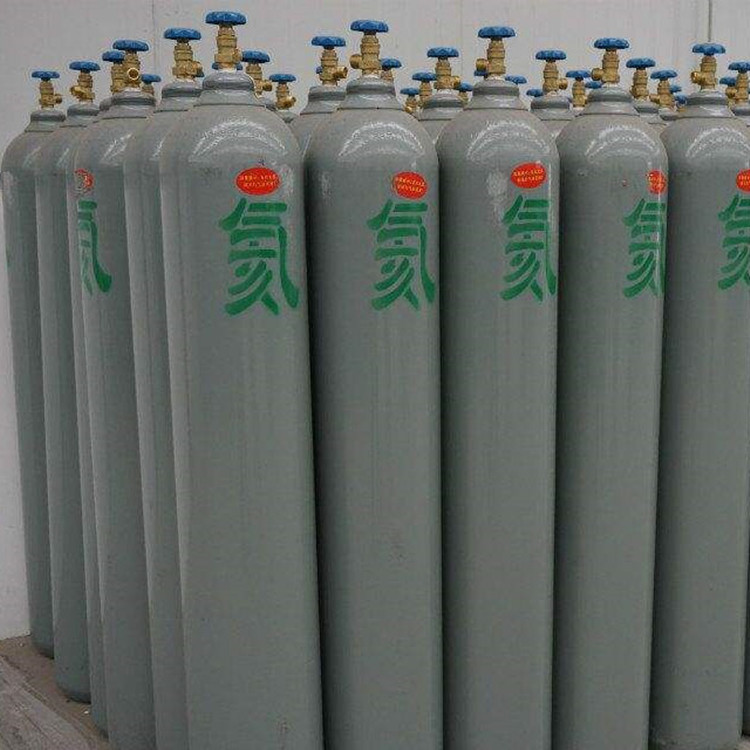b

Thank You!
Your requirement has been sent, we will contact you quickly!
Sent Failed!
Try again!
Chemical formula: He
CAS login No.: 275-187-7
Appearance: colorless gas
Molecular weight: 4.003
Purity: 99.999%
Package: 40L
Gas content: 5.5m3
Name | Purity | Cylinder volume | Filling capacity | pressure | Valve model |
helium | 99.9%~99.999% | 4L | 0.4 cubic meters | 10MPa | Qf-2/qf-2c/px-32a |
helium | 99.9%~99.999% | 8L | 1 cubic meter | 10MPa | Qf-2/qf-2c/px-32a |
helium | 99.9%~99.999% | 40L | 5.5 cubic meters | 13Mpa | Qf-2/qf-2c/px-32a |

Gas description
Helium, with the English name helium and the symbol he, is a colorless, odorless and non combustible gas. The content of helium in the air is about 5.2 parts per million. The chemical property is not active, and it does not combine with other elements or compounds under normal conditions. On July 10th, 1908, the Dutch physicist Ennis liquefied helium for the first time.
Helium is one of the rare strategic materials indispensable for the development of national defense industry and high-tech industry. Natural gas containing helium is still the only source of helium for industrial production. The helium resource in China is very poor, the content is very low, the extraction is difficult and the cost is high. Therefore, while protecting the limited helium resources, the research and development of advanced natural gas helium extraction technology is of great significance for improving the economy of helium production, ensuring the safety of national helium use and promoting the development of China's natural gas helium extraction industry. Through the analysis and introduction of helium extraction technology, the low-temperature condensation method is relatively mature, but its energy consumption and cost are high; Other helium extraction technologies such as adsorption, absorption and membrane permeation have their own characteristics, but they can not be applied in large-scale industry due to limited applicable conditions. With the development of new materials and technologies, the helium extraction technology from natural gas has been continuously improved and innovated. The helium extraction processes such as adsorption method and membrane permeation method have developed rapidly. The co production method and combined method have good application prospects. All these provide new ideas for promoting the development of helium extraction technology from natural gas.
application area
Helium is widely used in military industry, scientific research, petrochemical, refrigeration, medical treatment, semiconductor, pipeline leak detection, superconducting experiment, metal manufacturing, deep-sea diving, high-precision welding, optoelectronic product production, etc.
1. Low temperature cold source: using the low boiling point of -268.9 ℃ of liquid helium, liquid helium can be used for ultra-low temperature cooling. The ultra-low temperature cooling technology is widely used in superconducting technology and other fields. Superconducting materials need to be at a low temperature (about 100k) to show superconducting properties. In most cases, only liquid helium can easily achieve such a very low temperature. Superconducting technology is widely used in maglev train in transportation industry and nuclear magnetic resonance imaging equipment in medical field.
2. Balloon inflation: since the density of helium is much lower than that of air (the density of air is 1.29kg/m3 and the density of helium is 0.1786kg/m3), and the chemical property is extremely inactive, it is safer than hydrogen (hydrogen can burn in the air and may cause explosion). Helium is commonly used as the filling gas in spacecraft or advertising balloons.
3. Inspection and analysis: the superconducting magnet of the nuclear magnetic resonance analyzer commonly used in instrument analysis needs to use liquid helium for cooling. In gas chromatography analysis, helium is often used as the carrier gas, which has the characteristics of good permeability and nonflammability. Helium is also used for vacuum leak detection, such as helium mass spectrometer leak detector.
4. Protective gas: using the inactive chemical property of helium, helium is commonly used as protective gas for welding of magnesium, zirconium, aluminum, titanium and other metals.
5. Other aspects: helium can be used as pressurized gas for high vacuum devices, nuclear reactors, rockets and spacecraft to transport liquid hydrogen, liquid oxygen and other liquid propellants. Helium is also used as a cleaning agent for atomic reactors, breathing gas mixtures in the field of marine development, and filling gas for gas thermometers.

